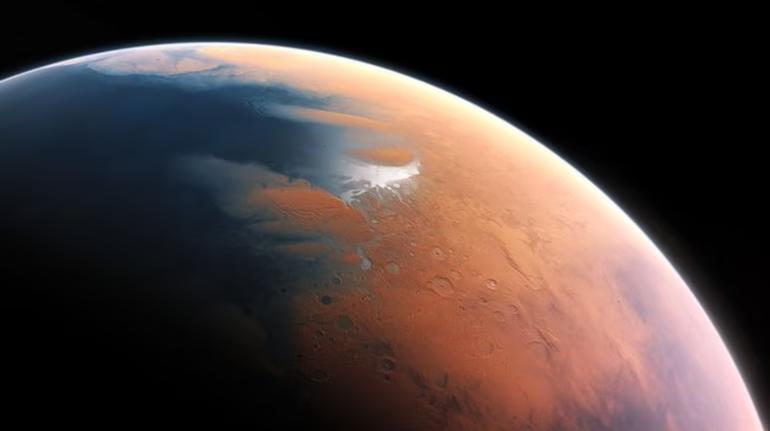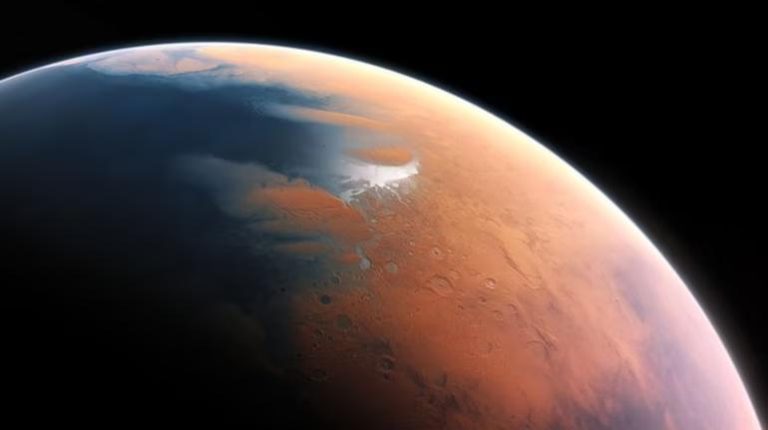
Mars may have once had rain & snowfall, finds new study
For centuries, humans have been fascinated by the possibility of life on Mars, and recent discoveries have only fueled our curiosity. A new study by the University of Colorado Boulder has shed light on a crucial aspect of Martian history, suggesting that the Red Planet may have once experienced rainfall and snowfall, leading to the formation of valleys and channels.
The idea that water once flowed on Mars is not new. Studies have suggested that at least some water existed on the surface of the planet around 4 billion years ago. However, the source of this water has remained a mystery until now. The latest research, published in the journal Nature, provides fresh insights into the Martian climate and its potential for supporting life.
According to the study, the Martian surface was once much more hospitable than it is today. The researchers used computer simulations to recreate the conditions on Mars during its early days, around 4 billion years ago. They found that the planet’s atmosphere was thicker and more hospitable, with temperatures ranging from -12°C to 20°C (-24°F to 68°F). This is significantly warmer than the average temperature on Mars today, which is around -125°C (-193°F).
The researchers also discovered that the Martian surface was much more active than it is today. The simulations showed that the planet’s crust was being shaped by flowing water, which carved out valleys and created channels. This is a significant finding, as it suggests that the Martian surface was once capable of supporting liquid water, which is a crucial ingredient for life as we know it.
The study’s lead author, Dr. Brian Hynek, explained that the simulations were designed to recreate the conditions on Mars during its early days, when the planet was still in its formative stages. “We wanted to see if we could recreate the conditions that would lead to the formation of valleys and channels,” he said. “What we found was that the Martian surface was much more active than we thought, with flowing water carving out the landscape.”
So, how did the water get to Mars in the first place? The researchers suggest that it may have been delivered to the planet through comets and meteorites. Comets, which are essentially balls of ice and rock, are known to carry water and other organic compounds. When they collide with a planet, they can deposit these materials, potentially creating a habitable environment.
The study’s findings have significant implications for the search for life on Mars. If the planet once had a watery past, it’s possible that life may have emerged at some point in its history. Even if life never actually evolved on Mars, the presence of water would have created an environment that was conducive to supporting life.
The discovery of water on Mars is not just important for understanding the planet’s history; it also has implications for future human missions. NASA and other space agencies are currently planning to send humans to Mars in the coming decades, and a watery past could provide valuable insights into the planet’s geological and environmental history.
In conclusion, the latest study by the University of Colorado Boulder has shed new light on the history of Mars, suggesting that the planet may have once experienced rainfall and snowfall. The discovery of a watery past has significant implications for the search for life on Mars and could provide valuable insights into the planet’s geological and environmental history. As we continue to explore the Red Planet, we may uncover even more evidence of its habitable past, and potentially, the existence of life beyond Earth.






